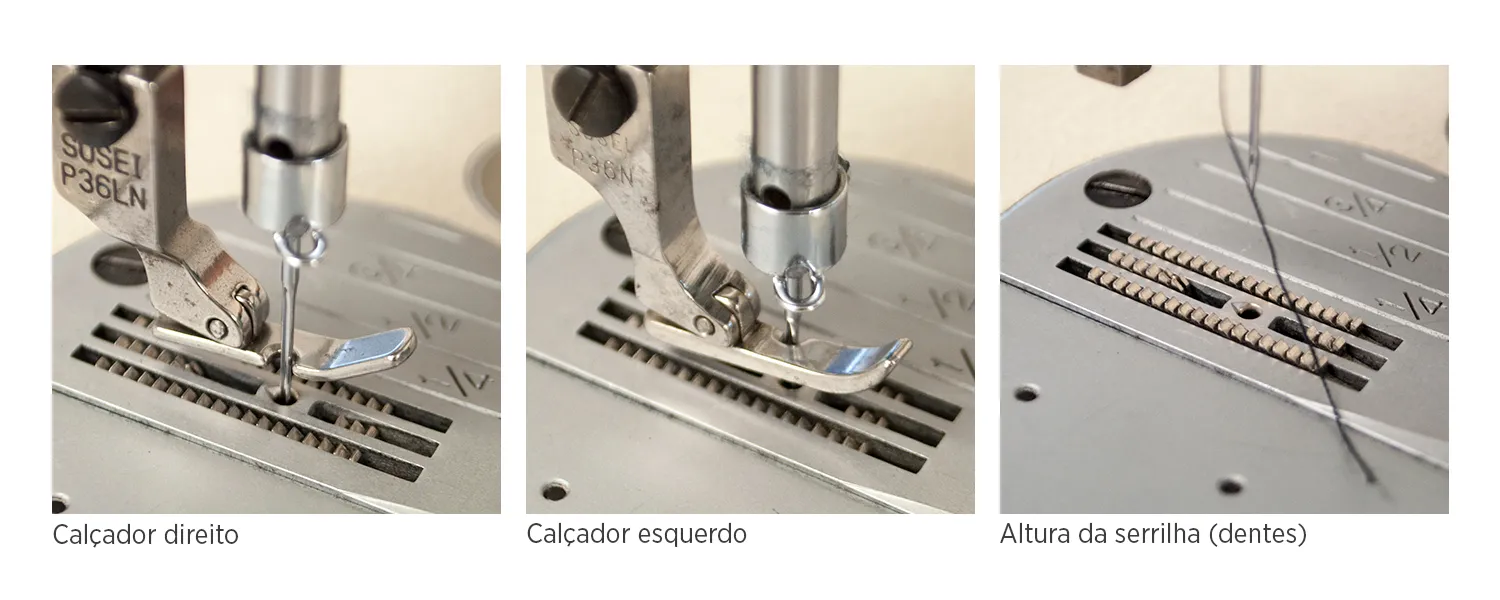Deseja mudar o idioma?
In order to assist in the development of good practices for sewing invisible and reversible zippers, SANCRIS highlights some techniques that can be applied to avoid problems, such as the piece coming loose during production.
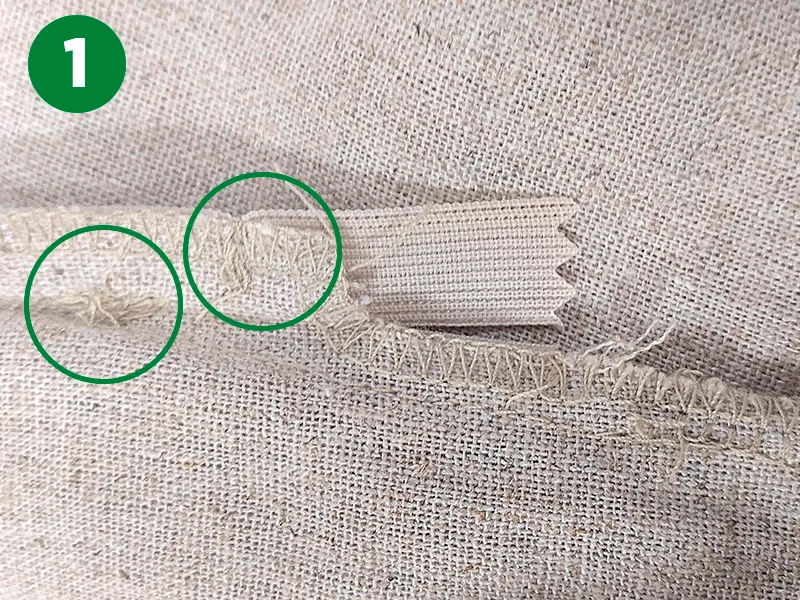
It is recommended that the zipper size be 2 cm larger than the opening measurement of the piece, allowing for a more reinforced seam. An example is when the customer wants an opening of 18 cm in the piece, in these cases, the zipper needs to be 20 cm.
Note: We emphasize that when using this practice, the size of the opening of the piece should be changed, not the size of the zipper.
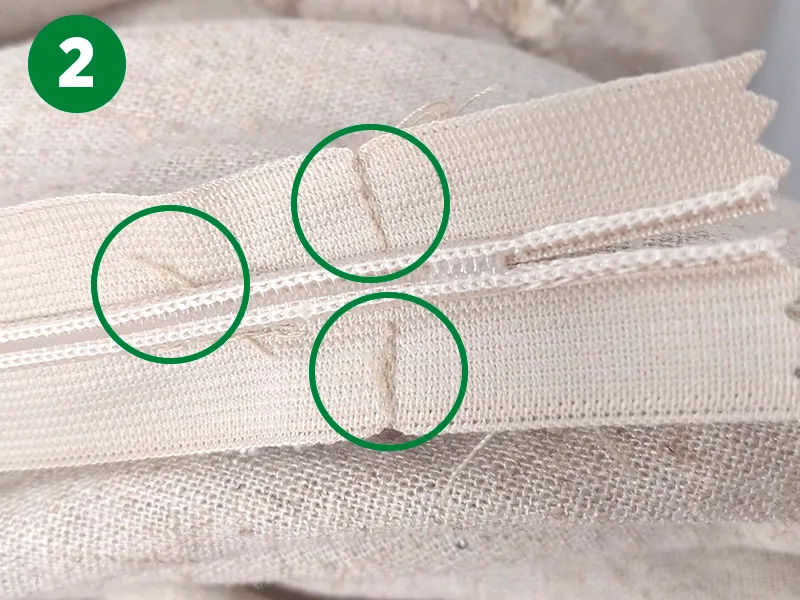
Application of the bartack at the end of the zipper helps to reinforce the seam properly, preventing the zipper from exceeding its limit.
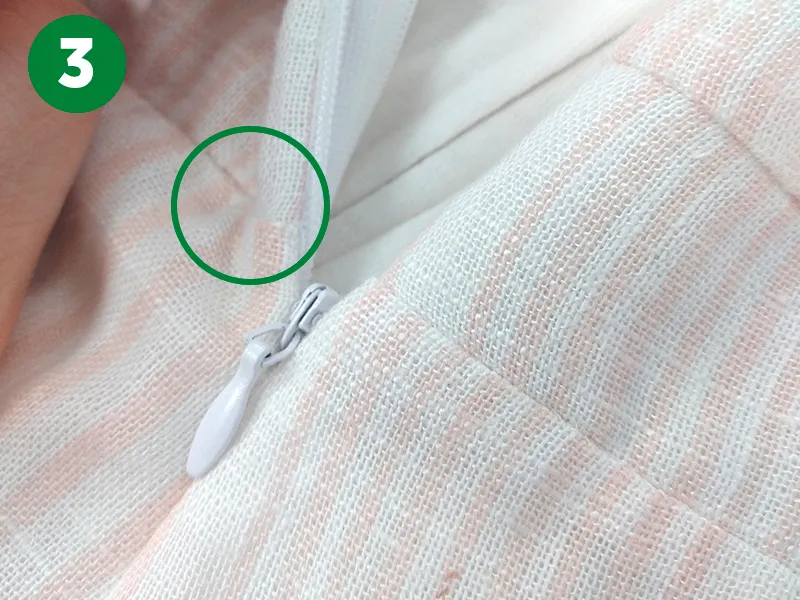
In pieces where the fabric is duplicated in certain parts of the seam, the slider may get stuck at these points. In these cases, it is necessary to space the seam wider at these points, avoiding the lock, the slider getting caught in the fabric and damaging the seam.
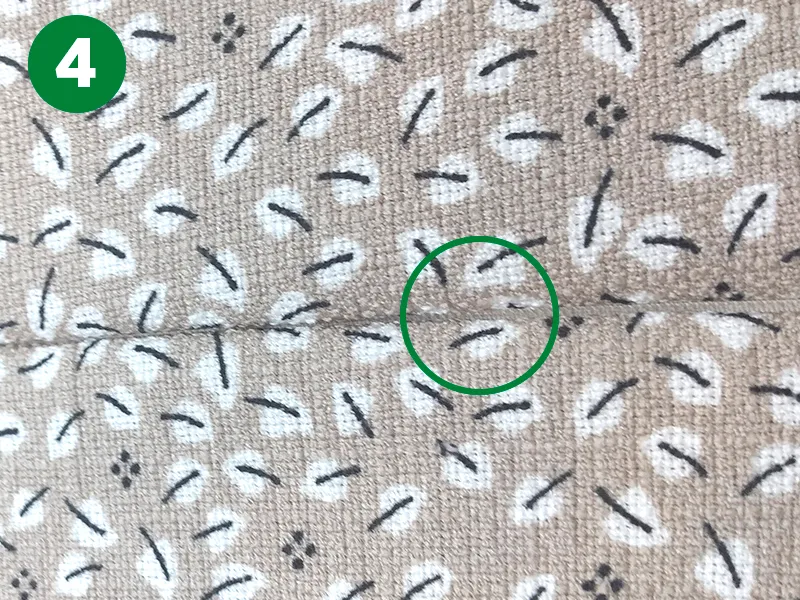
In thicker fabrics, the invisible zipper spacing needs to be larger (1 mm), thus avoiding the zipper from wearing into the fabric.
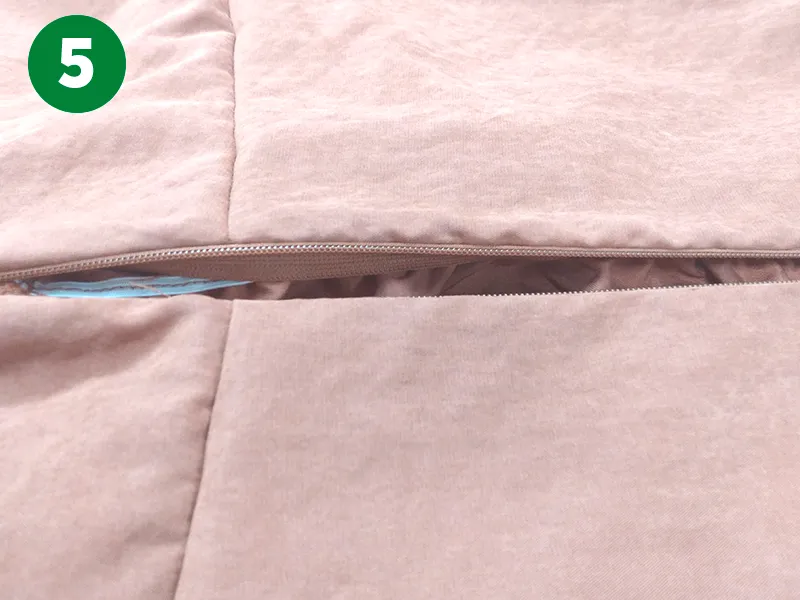
In these cases, a slightly larger model is recommended for these fabrics, preventing damage to the zipper, fabric or stitching.
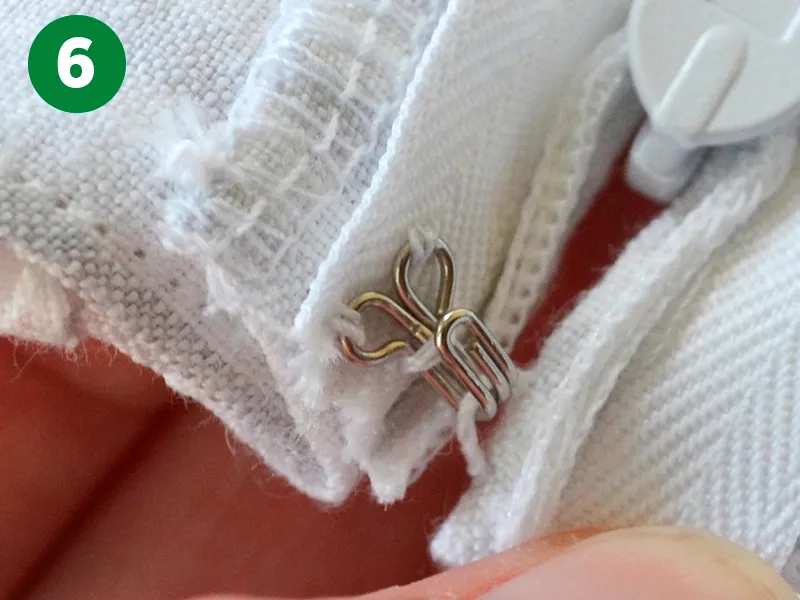
Using a hook and loop is a great way to make closing the zipper easier and give a refined touch to the garment. Make sure to close the hook first to “raise” the zipper, avoiding possible damage. Do not place the lining too close to the rail when finishing the seam. The puller may get caught in the fabric and ruin it.
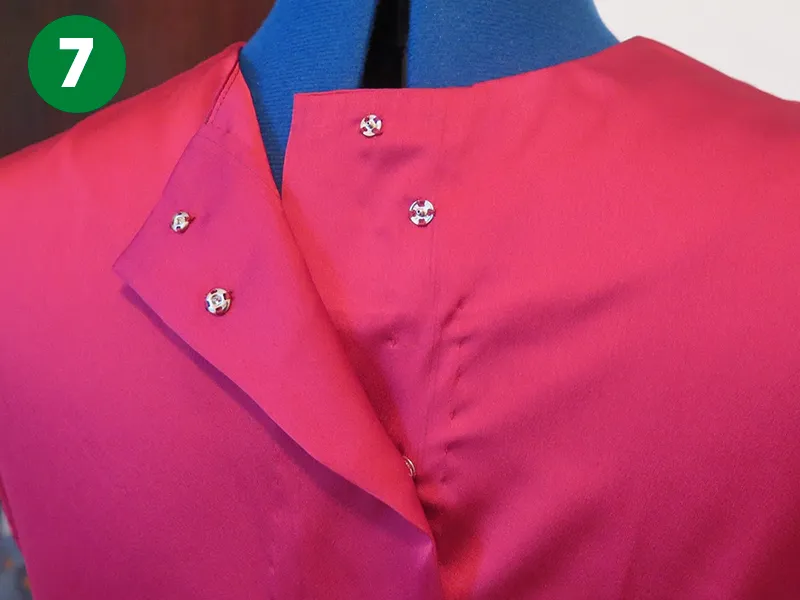
Invisible zippers and reversible zippers can “pinch” when passing through areas such as waistband cutouts. Be careful when closing in these areas, moving the seam a few millimeters away. You can place a snap hook at other points on the garment to help.
1. Create a pattern for applying an invisible zipper using up to 10 stitches per inch (4/cm).
2. Keep the presser foot pressure light so as not to deviate the movement of the zipper.
3. Use appropriate presser feet (right and left).
4. Keep the serration height (teeth) low.
